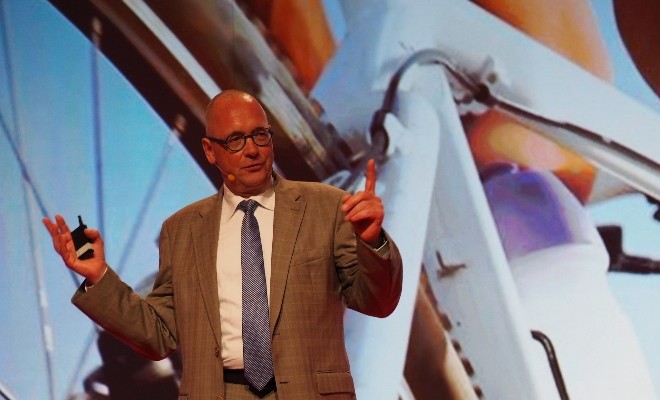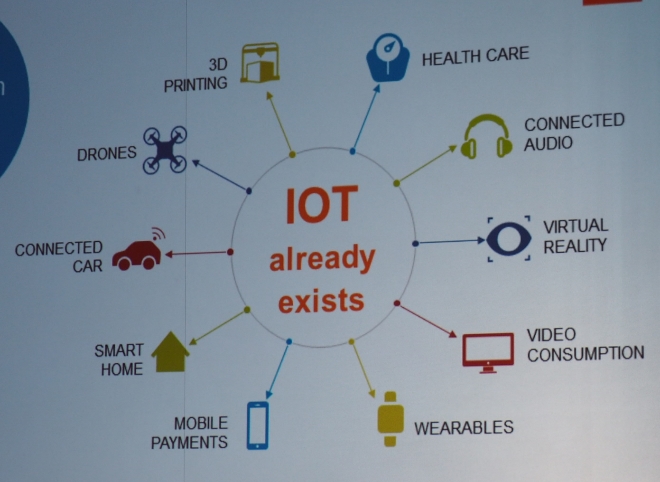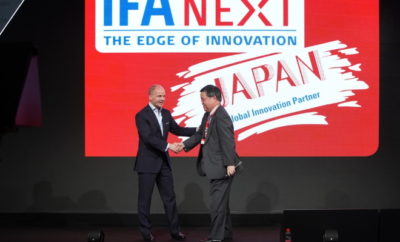
Insights + interviews
The Connected Consumer Will Ask For Integrated Functionality
Globally, the world’s population is slated to soar alongside a thriving middle class.
The forecast by the United Nations (UN) has predicted that the world population will increase to 8.5 billion by 2030, of which 4.9 billion (50 per cent) will be from the middle class. The Organisation for Economic Co-operation and Development (OECD) defines the middle class as a person with a daily expenditure of between USD 10 to USD 100 in purchasing power. Of the current global middle class, 28 per cent is based in Asia Pacific and this is expected to sky rocket to 66 per cent by 2030.
At the 2016 IFA Global Press Conference held in Hong Kong this week, Juergen Boyny from GfK talked about the “Connected Consumer” as a theme and opined about what this particular group wants; he shared, “The movement from novelty to functionality will define needs and behaviours moving forward”.
The connected consumer is moving away from being satisfied with connectivity towards seamless integration with their technology. Examples of such integration include seeing smartphone and online sales merging. The Asia Pacific region already reports 46 per cent of shoppers making mobile payments; compared to the US (33 per cent) and Western Europe (24 per cent). In the near future, this consumer will spend on beneficial solutions such as video on demand or smart home functions.
Regarding consumer attitudes, Boyny suggests they will take more interest in areas such as music entertainment, taking pictures with action cameras and enjoying convenience through smart watches. Also, mobile devices will increasingly become the central interface with connected home appliances driving convenience, health, wellness and other functionalities.
According to GfK, consumers have expressed strong interest in controlling devices through their wearables and 90 per cent of them expect similar software between smart watches and smart phones.

In his conclusion, Boyny pointed out that nearly 90 per cent of people are already aware of the term “smart home” with 50 per cent of them feeling that smart home will impact their lives in upcoming years.
Connectivity and integration between products and relevant services within the home and personal technology environments will impact everyday lives.









